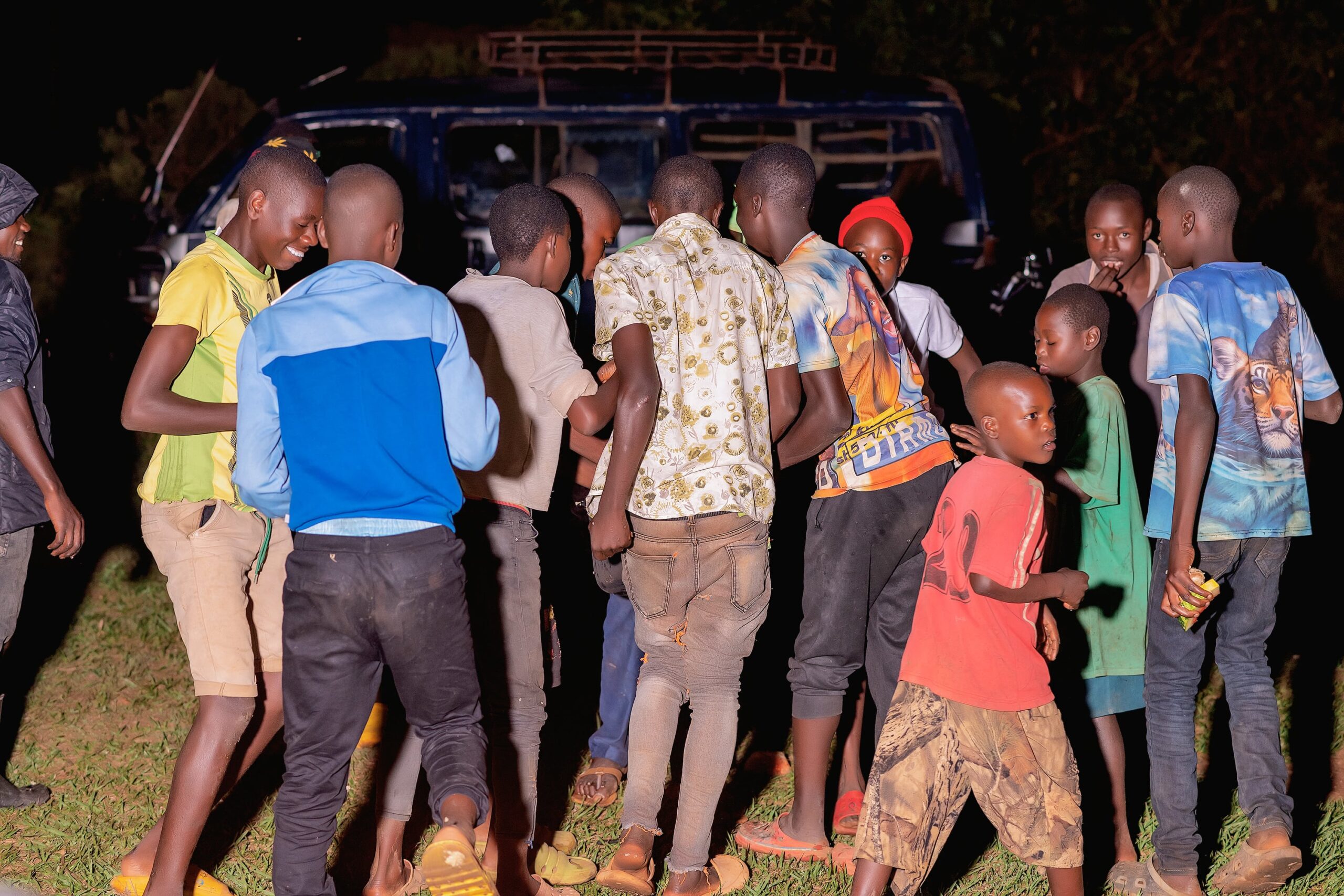Awareness Walks

0%
We organized charity walks to raise awareness about specific issues such as poverty, and environmental conservation. We fundraise for the less privileged communities.
JOHN DOE
We organized charity walks to raise awareness about specific issues such as poverty, and environmental conservation. We fundraise for the less privileged communities.
Awareness walks can be powerful initiatives as a charity cause for several reasons. Here's a closer look at why awareness walks are effective and how they contribute to charitable efforts:
 Organizing an awareness walk involves careful planning, promotion, and execution. Here is a step-by-step guide on how a charity organization typically conducts awareness walks:
Organizing an awareness walk involves careful planning, promotion, and execution. Here is a step-by-step guide on how a charity organization typically conducts awareness walks:
- Visibility and Public Engagement:
- Awareness walks create a visible and tangible presence for a cause. Participants walking in public spaces draw attention and spark conversations, allowing the cause to reach a broader audience.
- Educational Opportunities:
- These events offer a platform to educate the public about specific issues. Informational materials, speakers, and interactive elements during the walk can provide participants and onlookers with valuable insights into the cause.
- Community Building:
- Awareness walks bring people together with a shared commitment to a cause. This sense of community fosters solidarity among participants and strengthens the support network for the charity.
- Fundraising Potential:
- Many awareness walks also serve as fundraising events. Participants often seek sponsors or make donations to contribute to the cause, providing financial support for the charity's initiatives.
- Advocacy and Policy Influence:
- By gathering a large number of supporters, awareness walks can become a platform for advocacy. Charities can use these events to influence public opinion and advocate for policy changes that align with their cause.
- Stigma Reduction:
- For causes related to health or social issues, awareness walks contribute to reducing stigma. Open conversations and community involvement can break down barriers and misconceptions associated with certain conditions.
- Global Impact:
- Some awareness walks, especially those with international recognition, have a global impact. Participants and supporters worldwide contribute to a collective effort to address issues on a larger scale.
- Long-Term Behavior Change:
- The continuous engagement and education provided by awareness walks can lead to long-term behavior change. As people become more informed, they may adopt healthier lifestyles, support sustainable practices, or take actions aligned with the charity's goals.
- Media Attention:
- Well-organized awareness walks often attract media coverage. This exposure not only helps the cause gain wider attention but also provides an opportunity to share personal stories and experiences related to the cause.
- Encouraging Personal Connection:
- Participants often have personal reasons for supporting a cause. Awareness walks allow individuals to connect emotionally with the issue, making the cause more relatable and encouraging long-term commitment.
- Adaptability:
- Awareness walks can adapt to various formats, including virtual events or smaller community-based walks. This adaptability allows charities to continue engaging supporters even in challenging circumstances.
- Measurable Impact:
- The success of awareness walks can be measured in terms of participation rates, funds raised, media coverage, and the overall impact on public perception and behavior.
 Organizing an awareness walk involves careful planning, promotion, and execution. Here is a step-by-step guide on how a charity organization typically conducts awareness walks:
Organizing an awareness walk involves careful planning, promotion, and execution. Here is a step-by-step guide on how a charity organization typically conducts awareness walks:
- Define the Cause:
- Clearly define the cause or issue the charity organization aims to raise awareness about. Having a specific and compelling focus will help attract participants and supporters.
- Set Objectives:
- Establish clear objectives for the awareness walk. Determine what you hope to achieve, whether it's raising a certain amount of funds, reaching a specific number of participants, or influencing policy changes.
- Create a Planning Committee:
- Form a planning committee comprising dedicated individuals who will oversee different aspects of the event, such as logistics, marketing, fundraising, and participant engagement.
- Determine Logistics:
- Choose a suitable location for the walk, considering factors such as accessibility, safety, and visibility. Obtain any necessary permits or permissions from local authorities. Decide on the date, time, and route for the walk.
- Budgeting:
- Develop a budget that includes costs for permits, venue, promotional materials, signage, security, first aid, and any other relevant expenses. Identify potential sources of funding or sponsors to cover these costs.
- Registration Process:
- Create a user-friendly registration process for participants. This could involve setting up an online registration platform where participants can sign up, provide necessary information, and possibly make donations.
- Promotion and Marketing:
- Develop a comprehensive marketing strategy to promote the awareness walk. Utilize various channels, including social media, press releases, local community bulletins, and partnerships with local businesses or influencers.
- Engage Participants:
- Encourage participants to share their reasons for supporting the cause. Create personalized fundraising pages for individuals or teams to boost fundraising efforts. Provide resources and information to help participants advocate for the cause.
- Fundraising Campaign:
- If the awareness walk includes a fundraising component, establish a clear and compelling fundraising campaign. Set fundraising goals and provide participants with tools and tips to help them raise funds effectively.
- Day-of-Event Logistics:
- Ensure all logistical details are well-coordinated for the day of the event. This includes setting up registration booths, providing participant kits, organizing rest areas, and ensuring the safety of participants.
- Support Services:
- Arrange support services such as medical aid, water stations, and volunteers to guide participants along the route. Consider the comfort and well-being of participants throughout the event.
- Post-Event Engagement:
- Maintain engagement with participants after the event. Share highlights, thank participants and sponsors, and provide updates on how the funds raised are making an impact. Encourage ongoing support for the cause.
- Evaluate and Learn:
- Conduct a post-event evaluation to assess the success of the awareness walk. Gather feedback from participants, sponsors, and volunteers. Identify areas for improvement and document lessons learned for future events.
- Sustainability and Follow-Up:
- Consider how the awareness walk fits into the broader goals of the charity organization. Develop strategies for sustaining awareness and engagement beyond the event. Create a plan for follow-up communication with participants and supporters.
OUR DOCUMENTS
CAUSE DONORS
Still no donations
